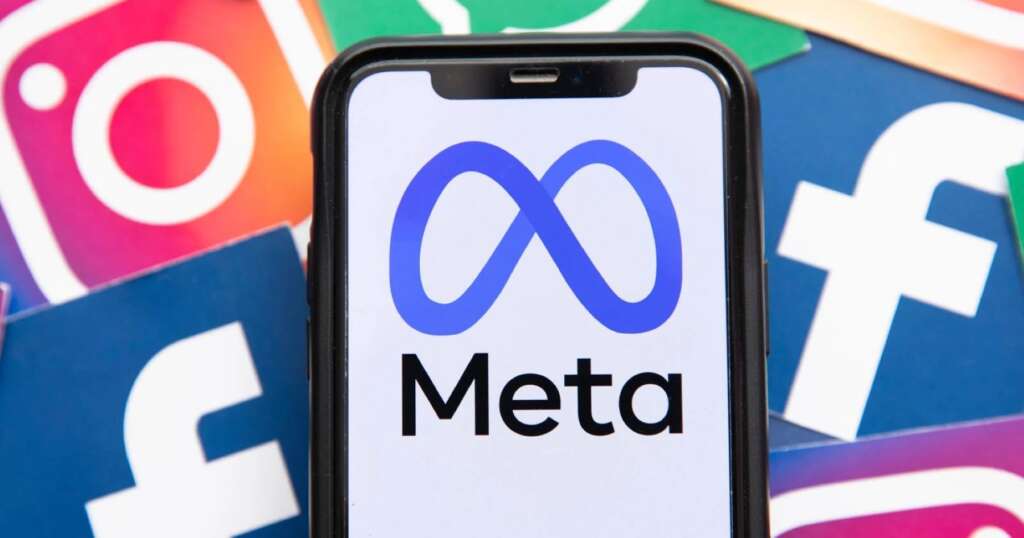A Bold Leap into Subsea Infrastructure
Meta, the parent company of Facebook, Instagram, and WhatsApp, is charting new territory with plans to build a 40,000-kilometer fibre-optic subsea cable. This massive infrastructure project, estimated to cost over $10 billion, positions Meta as the sole owner and operator of the cable—a departure from the traditional telecom consortium model.
With this move, Meta aims to fortify its digital ecosystem by creating a dedicated pipeline for data transmission, ensuring faster, more reliable service for its billions of global users.
A Growing Need for Infrastructure
Meta’s platforms account for a staggering 10% of global fixed internet traffic and 22% of mobile data usage, making enhanced data infrastructure essential. As the company expands its suite of services, including AI tools and immersive experiences, the demand for seamless, high-capacity data delivery has surged.

The Route: Strategic and Resilient
The subsea cable’s planned route reflects meticulous planning for global connectivity and risk mitigation. It will:
- Start in the eastern United States,
- Traverse to India via South Africa, and
- Loop back to the U.S. west coast through Australia.
Notably, Meta has strategically avoided politically unstable regions, such as the Red Sea, the South China Sea, and the Straits of Malacca, reducing the risks associated with conflicts or geopolitical tensions.
Phased Deployment Due to Limited Resources
While planning is in advanced stages, physical deployment is expected to occur in phases. The limited availability of cable-laying ships and competing projects by tech giants like Google are key factors influencing this timeline. Meta plans to reveal more details about the route and cable capacity by 2025.
A Shift Toward Sole Ownership
This project marks a significant shift for Meta, which has previously participated in consortium-led subsea cable projects like 2Africa. Sole ownership grants Meta:
- Priority access to data traffic capacity, ensuring better service quality.
- Operational control, eliminating dependence on consortium partners.
- Improved scalability, allowing the infrastructure to evolve with Meta’s growing needs.
This move mirrors trends in the tech industry, where companies like Google and Microsoft are increasingly taking ownership of subsea infrastructure to secure their digital futures.
SEE ALSO: OpenAI, Meta, and Orange SA Launch Initiative to Train AI on African Languages
India: A Strategic Focal Point
India stands out as a key destination in Meta’s subsea cable plans for several reasons:
- Largest User Base: India boasts the highest number of Meta platform users globally, with over 375 million Facebook users, 363 million Instagram users, and 536 million WhatsApp users.
- AI and Data Infrastructure: India’s relatively low computational costs and burgeoning investments in data centres make it an ideal hub for AI advancements.
- Economic Opportunity: The country’s growing digital economy offers immense revenue potential, making reliable data infrastructure crucial for Meta’s future growth in the region.
Addressing Vulnerabilities in Existing Networks
Recent incidents, such as submarine cable damages during conflicts or accidents, have highlighted the vulnerabilities of traditional networks. By charting safer routes and owning the infrastructure outright, Meta aims to ensure uninterrupted service and mitigate operational risks.
The Broader Implications
The completion of this cable will:
- Enhance internet speed and reliability across the globe, particularly in underserved regions.
- Strengthen Meta’s position in the subsea cable sector, joining the ranks of Google, which has stakes in numerous routes worldwide.
- Support the company’s ambitions to integrate AI-driven solutions more seamlessly into its platforms.
A Glimpse into the Future
As Meta and other tech giants take control of subsea infrastructure, the landscape of global internet connectivity is rapidly evolving. For Meta, this project is not just about enhancing its platforms; it’s a strategic step toward dominating the digital economy by ensuring data flow is never a bottleneck.
The $10 billion subsea cable is more than an investment in infrastructure—it’s a testament to Meta’s vision of a modern, connected world powered by robust, independent data networks.



